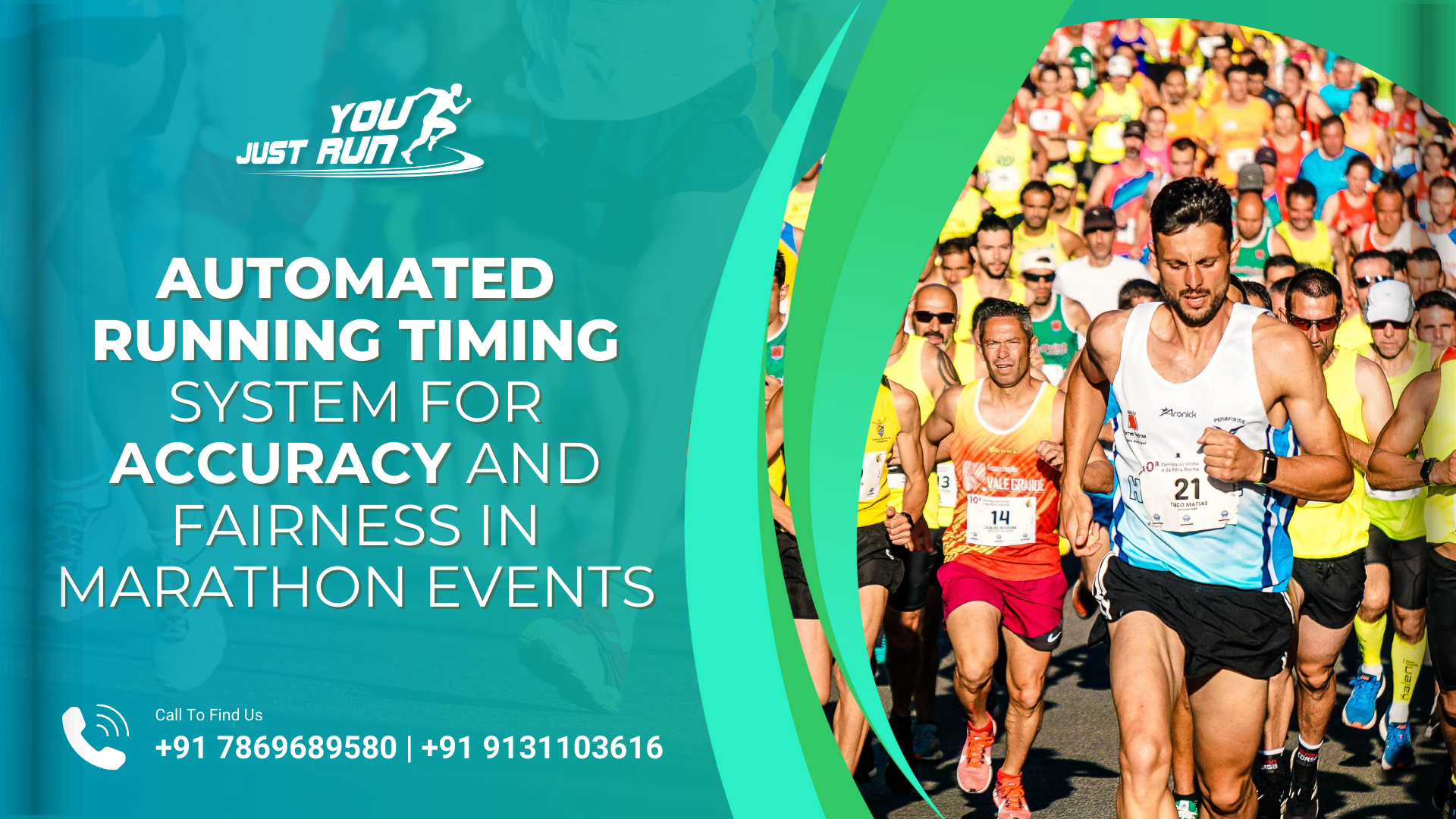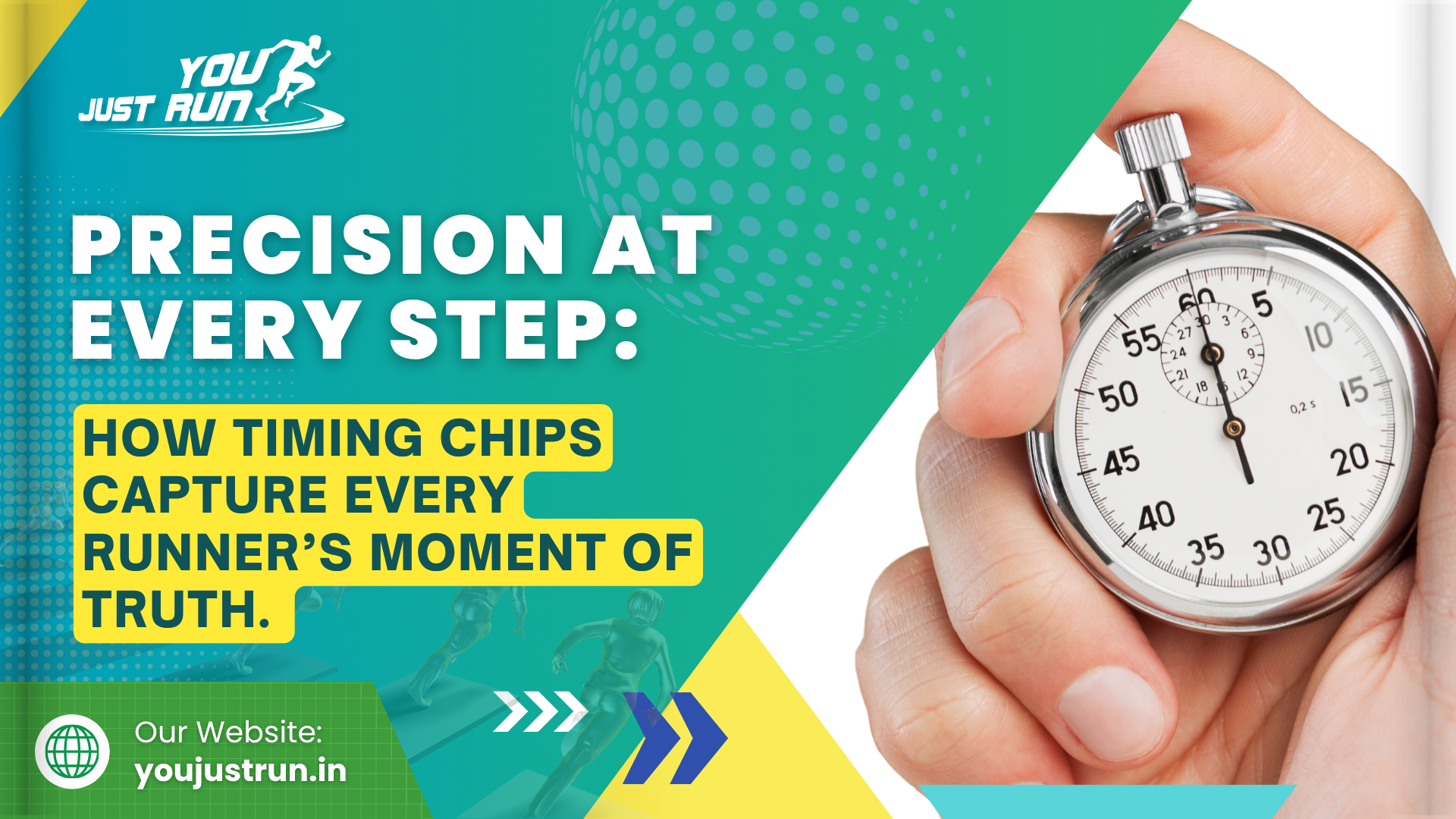No matter if it’s a local 5K, half-marathon, or full marathon, organizing a race event is a challenge. Organizers are busy with logistics, registrants, safety, and, of course, timing the race accurately. In our world of instant results, where athletes and participants demand accuracy, timing systems have moved to automated Running Timing Systems to run much more efficiently.
So why do race organizers choose automated timing systems over traditional manual systems? Let’s explore a few ways automated timing systems make everything easier in today’s racing environment.
1. Unparalleled Accuracy
Writing down finish times manually is not only time-consuming but nearly impossible without errors for hundreds, if not thousands, of runners. Automated timing systems, which are typically derived from RFID chips (Radio Frequency Identification) or GPS timing systems, are able to time every runner accurately as they cross timing mats or checkpoints.
1.Accuracy to milliseconds allows for a guarantee of fair competition.
2.Removes the opportunity for human error altogether when using manual stopwatch systems.
3.Suites mass participation events where the start and end lines are likely to be congested.
4Accuracy instills confidence in runners. For organizers, it minimizes conflicts and increases credibility.
2. Data Handling Efficiency
Can you imagine having to manually enter data for thousands of participants? It is a recipe for disaster. With automated systems, data management is very straightforward, with the timing results automatically transmitted to the appropriate software. Participants and spectators are able to receive the results as they happen.
Organizers can save hours of administrative time.
Data can be rapidly exported for certificates, rankings, and event reports.
This productivity allows organizers to spend time making the participant experience better rather than swimming in spreadsheets.
3. Live Monitoring and Updates
One of the key advantages of contemporary timing systems is live monitoring. Families and supporters can follow their runners online or in apps, receiving status updates at checkpoints.
Spectators receive live updates on runner locations.
Runners are provided split times immediately upon passing checkpoints.
Organizers can track the race progress in real time.
Such openness and interaction make a race a more dynamic experience for all the parties.
4. Improved Runner Experience
Current runners do not simply desire a race; they desire an experience. Automated timing systems provide a professional service that participants appreciate and are aware of.
Runners can view detailed performance information after the race.
Real-time results and certificates increase satisfaction.
Some of these systems have social media integration that allows participants to share their time right away. This adds additional value for both elite athletes and casual runners, which might encourage them to participate again in other events.
5. Scalability for Events of any Size
Automated timing systems will scale easily, whether you’re holding a local charity 5K or a marathon with an entry list of well over 10,000 runners.
Smaller events benefit from affordable chip timing solutions.
Larger events employ sophisticated RFID or GPS technology with multiple checkpoints.
Organizers don’t need to rediscover the wheel each time—they can scale up with assurance.
This adaptability makes automation a good fit for races of any size, providing consistency in performance and dependability.
6. Safety and Monitoring Advantages
Safety is paramount in any race. Automated timing systems also offer increased security by monitoring runners along the course.
Assists organizers in knowing where each runner is at any moment.
Helps medical teams react faster during emergencies.
Reassures families and runners concerning the safety of races.
Such a monitoring ability is most crucial in mass marathons running across miles of urban landscape.
7. Cost-effectiveness over time
At first blush, automated systems will seem costly against a manual approach. Fortunately, the long-term benefits warrant the expense.
Reduces manpower on data processing.
Removes the cost of disputes and rechecking results.
Boosts race reputation, bringing in more participants and sponsors.
Sponsors particularly appreciate the professionalism that comes with automated systems, making events more saleable and lucrative.
8. Data Analytics for Future Races
Today’s timing systems don’t only capture finish times—they offer insights.
Split times indicate course performance trends.
Heat maps can identify bottlenecks along the course.
It provides data to coordinate the improved race year over year.
For event directors who wish to continuously improve this data-focused approach, it is a game-changer.
9. Green Benefits
Automated systems also contribute to minimizing the environmental footprint of races.
No need for unnecessary paper or hand record-keeping.
Results and certificates can be sent electronically.
Promotes a greener event management process.
This goes hand in hand with the growing need for green events globally.
Conclusion
Automated running timing systems are no longer a “nice to have” but are now essential components of today’s race organizations. Automated systems address key issues from accuracy and fairness to exuding a positive, harmonious experience with the overall runner in mind, which manual timing can never deliver.
For race organizers, it is obvious- automation allows the race to be delivered more efficiently and enhances the overall appearance of professionalism for participants, friends, family, spectators, and sponsors.
As we live in an age where participants want quick, accurate results and flawless experiences, computerized running timing systems are the future of race organizations.









